FAQ: What is included in my height safety system testing?
- KaydeeSayfa
- Aug 3, 2025
- 4 min read
Updated: Aug 19, 2025
In our previous blog post FAQs: Understanding Your Building's Height Safety Systems, we explored the critical role that height safety systems (sometime referred to as mansafe systems) play in the safety of both users of your building and the general public. You now know that these networks of anchors, lifelines, and rails are there to protect workers and the public. But that leads to a crucial next question: how do you know if these systems are still safe to use?
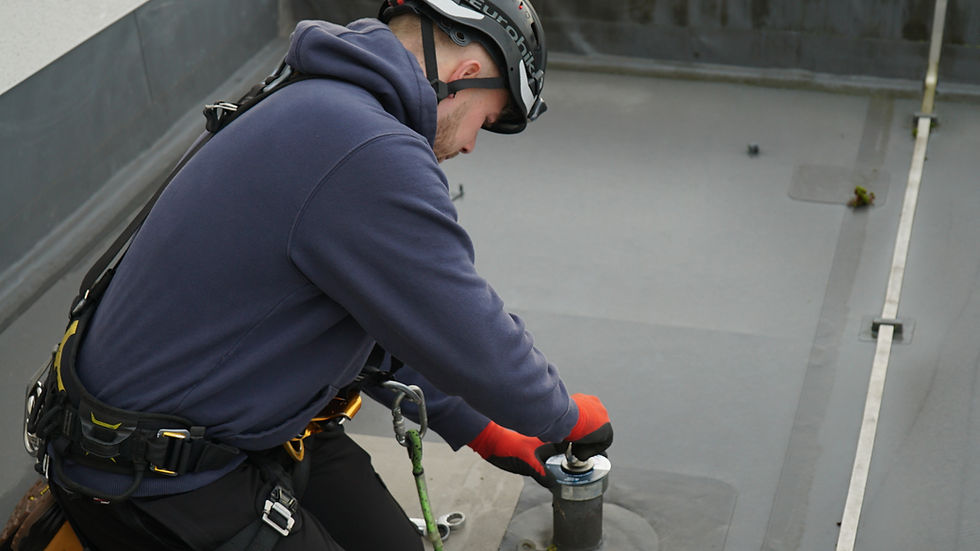
The answer lies in regular, professional testing. This isn't just a suggestion; it's a legal and safety necessity. A system that is not properly maintained and tested could fail at the worst possible moment. We're here to demystify that process for you.
The Foundation: Legal and Standard Requirements
The need for height safety system testing is clearly defined in UK regulations and industry standards. Under the Work at Height Regulations 2005, anyone with control over work at height must ensure it is planned, supervised, and carried out safely. These individuals are referred to as Dutyholders. This includes a legal obligation to provide a safe working environment and properly maintained equipment to allow users a safe means of working at height.
This is supported by the British Standards which provide guidance on how each system type should be tested. These standards include:
BS 7883:2019 / BS 8610:2017 - Relating to Personal Anchor Systems (Safety Lines, Rail systems)
BS 13700 / BS EN 13374 - Relating to Guardrail (Permanent and Temporary Systems)
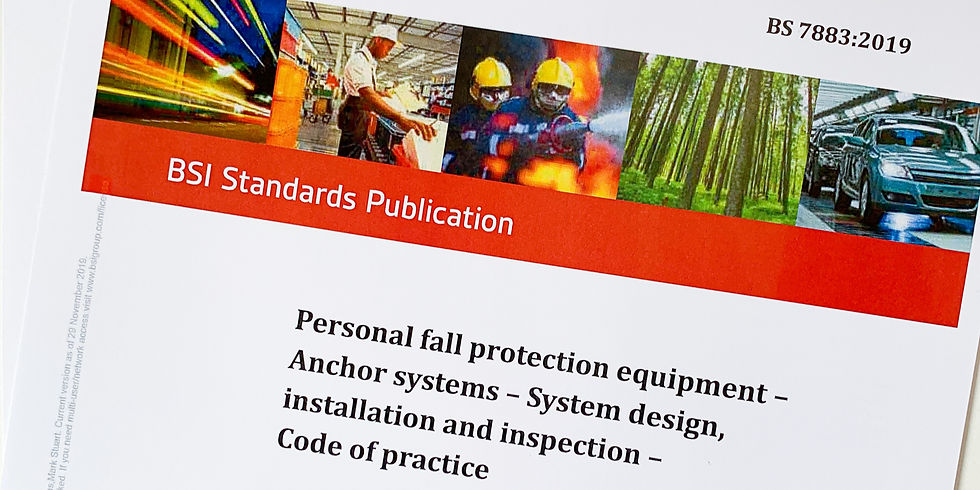
These standards, which detail the code of practice for the design, installation, maintenance, and testing of height safety systems. This standard specifies that systems must be inspected and re-certified by a qualified individual at regular intervals, typically at least every 6 or 12 months, depending on system type and purpose.
What Does a Comprehensive Test Involve?
A thorough height safety system test is much more than a quick visual check. It is a detailed, multi-step process designed to confirm every part of your system is safe and compliant. Here’s a breakdown of what a KaydeeSayfa Compliance Engineer will do as part of our system testing:
1. Documentation and Technical File Review
The process begins before the tester even touches the system. A professional will review the system's Technical File, a critical document, introduced with BS 7883:2019, that contains the original design, installation records, and all past inspection reports. This ensures the system is being tested against its original specifications and provides a history of its maintenance.
The Technical File is a new addition to the requirements of BS 7883 as such any building constructed and completed before 2025 will not have a Technical File available. In order to receive a full "Pass" under the new standard a Technical file will need to be created by a BS 7883:2019 designer to meet the Technical requirements. Our team are able to support with the creation of Technical Files to help Dutyholders meet their requirements.
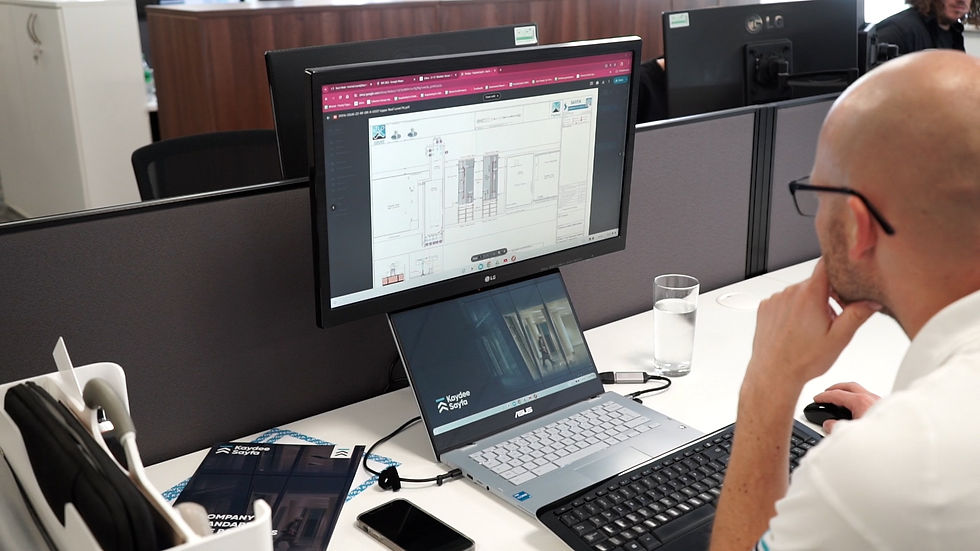
Learn more about what is new in BS7883:2019 here: New Standard BS 7883:2019: What does it mean and why does it matter to you?
2. Detailed Visual Inspection
The physical inspection is a careful, component-by-component check of your building's systems. Our Engineer will carry out a visual inspection on each of your systems looking for any signs of:
Corrosion or damage to metal components
Wear and tear on cables and anchor points
Loose or missing fastenings
Signs of misuse or unauthorized modifications
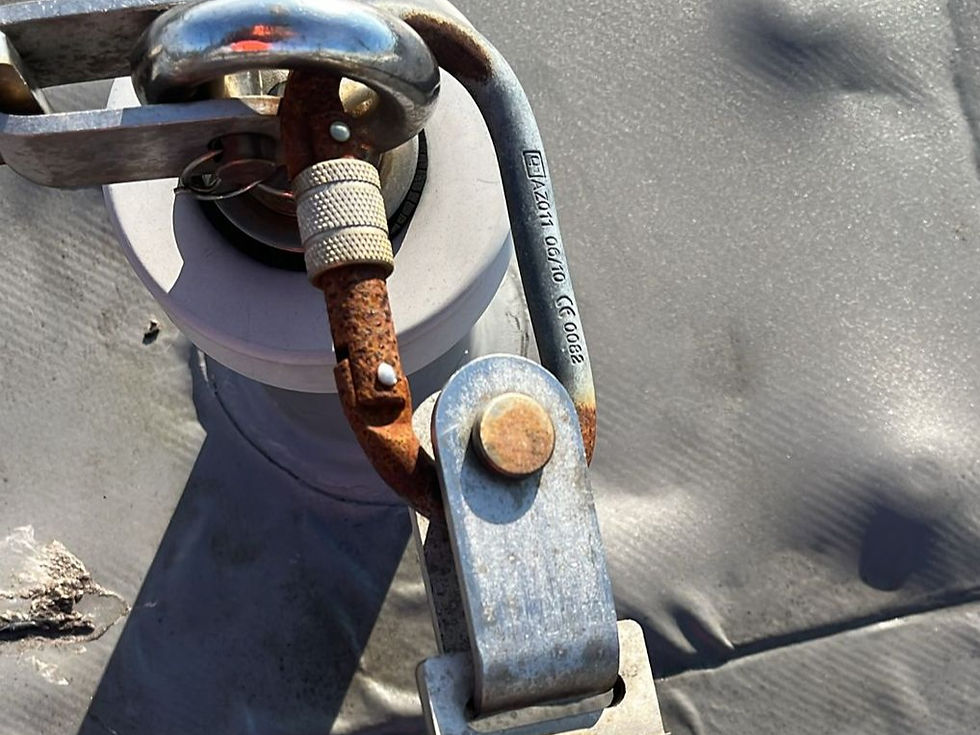
While performing their visual inspection our Engineer will take photographic evidence of all the system components. This will be included in their report to support their findings and give you a detailed and transparent review of the condition of your systems.
3. Functional and Proof Testing
Depending on the system being inspected a functional test will be carried out to confirm the system is able to carry out its purpose. This is where the real integrity of the system is confirmed. The tester will perform a proof test in accordance with the relevant standard for the system. Typically a percentage of the system's anchors or sections will be subject to a force load to ensure they can withstand the required loads without any signs of deformation or failure. For lifeline and rail systems, tensioners and energy absorbers are checked to ensure they are fully functional and ready to perform their crucial role in the event of a fall.
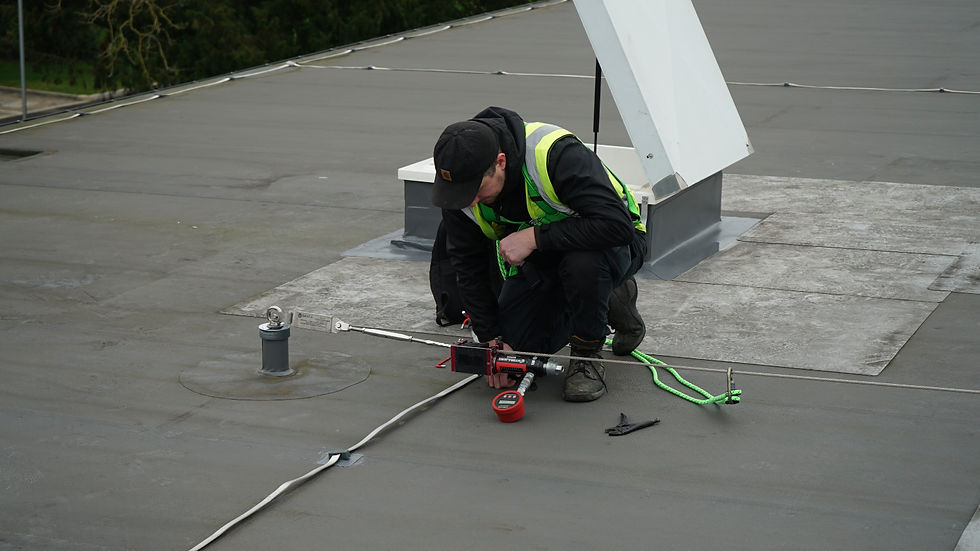
Following the completion of the functional testing and visual inspections our Engineer will replace the tags on these systems with updated details to indicate their status. In the case that systems are deemed unsafe for use they will be clearly marked as condemned. In this case our Engineer will make your site team aware of any issue and feedback to our team to determine the best course of action.
4. Reporting and Certification
A test is only complete once it has been fully documented and certified. After our Engineer has completed the testing of all the necessary systems they will compile the report. A detailed report outlining all findings should be available within 3-4 days following the site visit. This will then be followed by the certificates of compliance to confirm the systems are safe to use, as well as an updated Technical File. This documentation is your official proof of compliance and a vital record for your building.
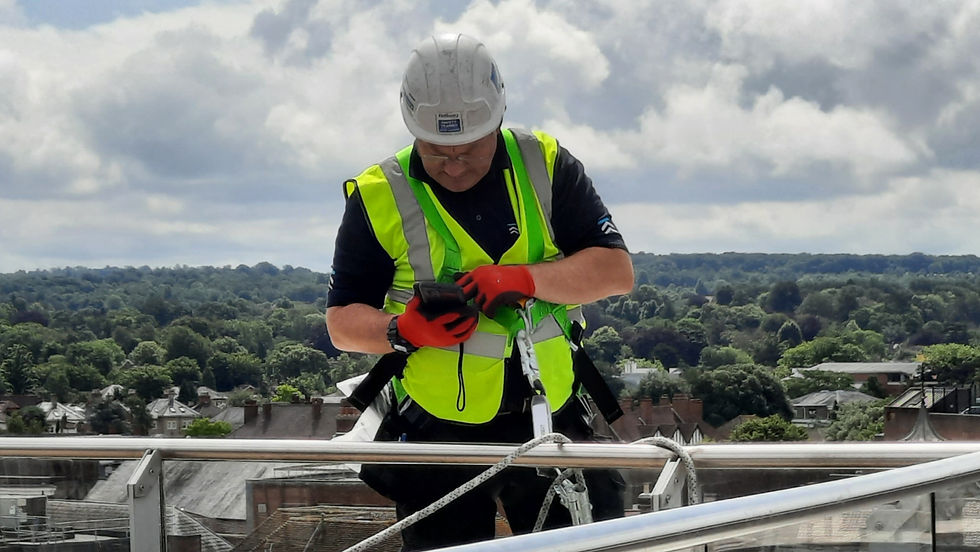
The Dangers of Skipping a Test
Neglecting to test your height safety system carries serious risks. An untested system could have hidden damage or a compromised component that can go unnoticed until a user relies on it. In the worst-case scenario, this could lead to a catastrophic system failure, causing severe injury or a fatality.
Beyond the obvious safety risks, non-compliance can lead to significant legal and financial consequences, including large fines, prosecution, and a voided building insurance policy.
Ensure the Continued Safety of Your Building
Regular, comprehensive testing by a qualified professional is the only way to ensure your height safety systems are fully operational and legally compliant.
As experienced installers and testers of height safety systems, we're here to be your knowledgeable and supportive partner. We provide detailed inspections and testing services that give you confidence in your building's safety infrastructure.
Ready to ensure your height safety systems are compliant and safe? Contact us today to schedule your annual inspection or to learn more about our testing process.



